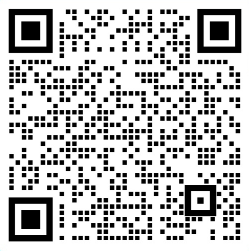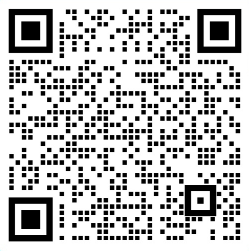What is IoT RTU and Sensors?
What is RTU?
RTU is a remote monitoring and control device whose task is to communicate with various sensors and actuators to monitor and control remote equipment in real time. An RTU typically includes a processor, communication modules, storage devices, and various interfaces that enable it to be connected to different types of sensors and actuators.
What is Sensor?
A sensor is a device that converts physical or chemical quantities in the environment into electrical signals. Depending on their type, sensors can measure parameters such as temperature, humidity, pressure, flow, and more. Sensors play a key role in IoT collection, providing necessary information to RTU by collecting real-time data.
How do RTUs and sensors collaborate?
1. Data collection and transmission
The collaboration between RTU and sensors begins with data collection and transmission. By connecting to the sensor, the RTU obtains various data measured by the sensor in real time. These data can be environmental parameters such as temperature, humidity, and pressure, or key information on equipment status and production processes. The RTU transmits these data to the central control system or cloud platform through the built-in communication module to achieve remote monitoring and control.
2. Data processing and analysis
RTU is not only responsible for data transmission, but also has certain data processing and analysis capabilities. It can process data collected by sensors in real time, extract useful information, and make judgments and controls based on preset rules. This collaboration enables industrial systems to respond more intelligently to environmental changes and production needs.
In Conclusion
The close relationship between RTU and sensor plays a vital role in monitoring. Through effective data collection, transmission and processing, they jointly build an intelligent monitoring system, improve efficiency, reduce costs, and lay the foundation for the future development of the smart Internet of Things. As technology continues to develop, we can expect that the role of RTUs and sensors in monitoring will continue to expand and deepen.
More application scenarios
Agricultural monitoring, environmental monitoring, meteorological monitoring, greenhouse environment monitoring, temperature and humidity monitoring, energy monitoring, water quality monitoring, sewage treatment plant monitoring, oil field equipment monitoring, liquid storage tank level monitoring, water level monitoring and flood warning, energy consumption monitoring, street lights Monitoring, air quality monitoring, irrigation system control, water pump control and more
More information: https://www.bliiot.com/
















